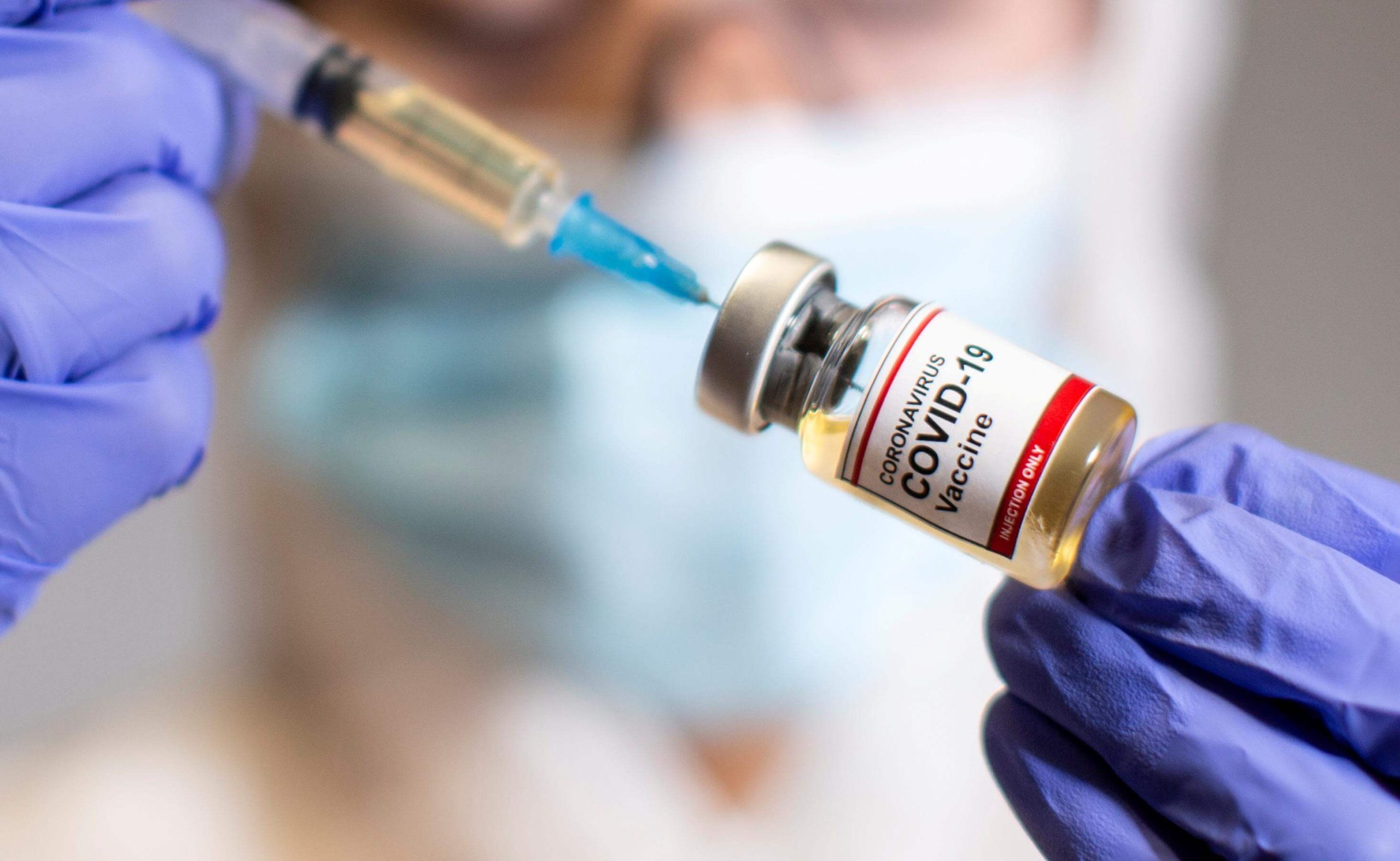A new COVID vaccine is set to be released next month, but health experts and analysts anticipate that it might not be met with enthusiastic reception, even as cases of the “Eris” variant, a subtype of the Omicron form of the coronavirus, surge across the nation.
While some public health experts hope that the new vaccine will be embraced by the public, similar to how flu vaccines are welcomed, the demand for COVID vaccines has significantly decreased since their initial availability in 2021. Over 240 million people in the U.S., constituting 73% of the population, have already received at least one shot.
However, the enthusiasm dwindled by the fall of 2022, with fewer than 50 million people choosing to get vaccinated as most had either previously contracted the virus or received the vaccine.
Healthcare providers and pharmacies like CVS Health are gearing up to offer the new vaccine next month. This updated shot aims to combat the Omicron version of the virus that has been predominant since last year.
Nevertheless, healthcare professionals face the challenge of addressing declining concerns about the virus, alongside growing fatigue and skepticism regarding the efficacy of the new vaccine, as noted by Ashley Kirzinger, Director of Survey Methodology at the Kaiser Family Foundation.
Kirzinger emphasized that public health officials need to effectively communicate to the American public that the threat of COVID still persists, in order to promote a majority of adults getting these annual vaccines.
The declining demand for booster shots is also attributed to a belief among vaccinated individuals that they are already well-protected due to previous shots or infections.
COVID-19 vaccine manufacturers, including Pfizer and Moderna, have revised their expectations for this year’s vaccination campaign, citing potentially reduced demand. Pfizer, for instance, warned of potential job cuts if the demand isn’t strong.
Last year, Pfizer and Moderna generated over $56 billion in vaccine sales globally, while projections for this year hover around $20 billion.
Jefferies analyst Michael Yee anticipates that this year’s autumn campaign won’t match last year’s figures. He points to the lower levels of concern about COVID-19 this year compared to last year.
Although the public health emergency due to COVID ended in May, with vaccination efforts transitioning to the private sector, more than 1.1 million COVID-related deaths have occurred in the U.S. according to the CDC.
CDC Director Mandy Cohen expects the new shots, which await authorization from the U.S. Food and Drug Administration and endorsement from the CDC, to be rolled out in September. These shots are intended to be an annual measure, comparable to the yearly flu shot, aiming to protect against the variant projected to circulate in the coming months.
Similar to flu vaccines, Pfizer, Moderna, and Novavax have developed versions of the COVID vaccine to align with the anticipated fall variant. These shots target XBB.1.5, a subvariant similar to EG.5, and also a sub-lineage of the dominant Omicron variant.
While COVID-19 hospitalizations have increased over 40% from the recent lows of June, they remain more than 90% below the peak levels observed during the January 2022 Omicron outbreak, based on CDC data.
Some medical professionals suggest that annual booster shots should be primarily directed at high-risk groups, such as the elderly, who are more vulnerable to severe outcomes from COVID-19. The approach to boosting younger, healthier individuals might require a more nuanced strategy, balancing the benefits of protection with potential risks.
As the new vaccine prepares for rollout, the challenge for health authorities lies in reinvigorating public interest and understanding of the ongoing threat posed by the virus.




